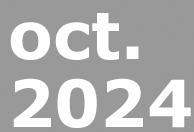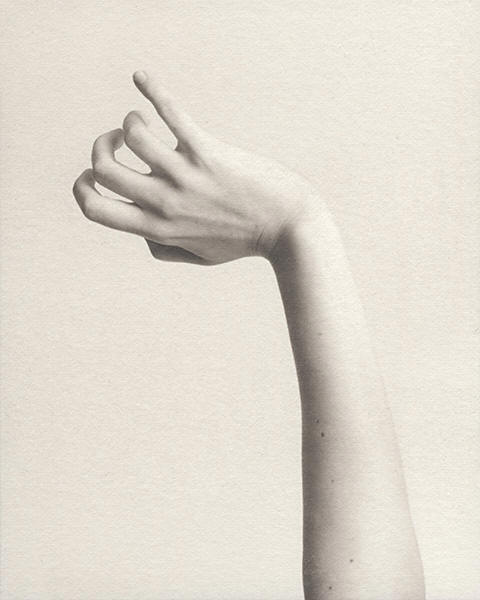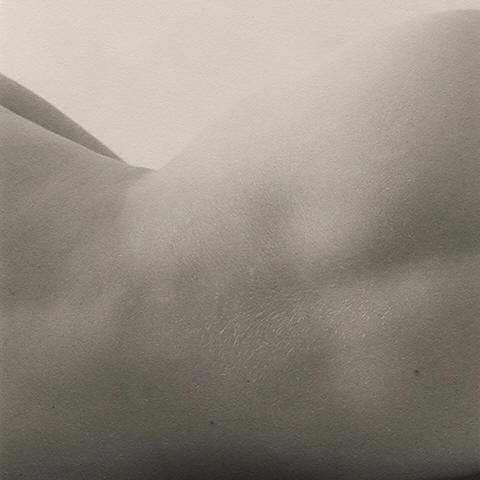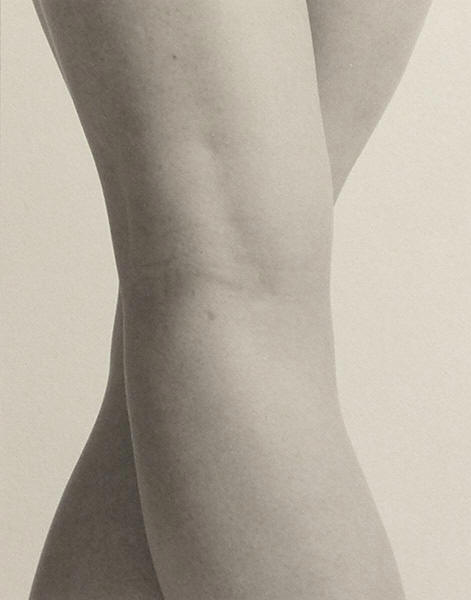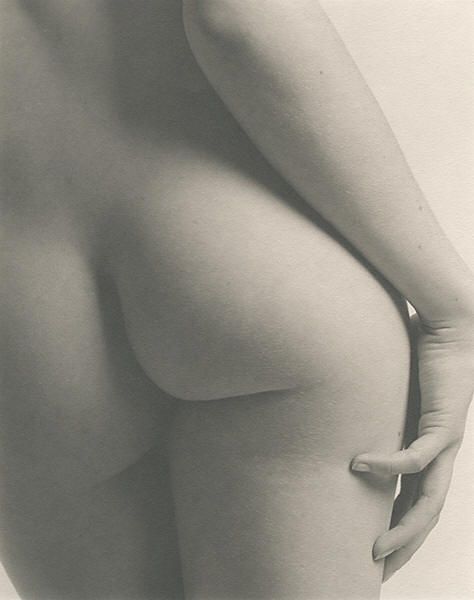|
|
|||||||||||||||||||||||||||
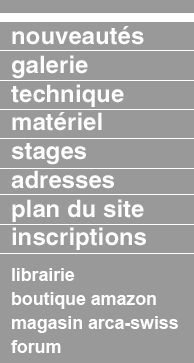
The Author
Interview by
|
Ian Leakeinterview by François Croizet
Ian, there’s a strong aesthetic to your work: understated compositions, simple curves and subtle shadows. Why this approach and is it deliberate ?I find the combination of low contrast and high key printing to be perfect for the kind of work I want to create. One of my models, a good friend of mine, describe my work as, “celebrating femininity.” And I think she’s right because celebrating the people I work with is my purpose when I make photographs. I try to create compositions that reveal as much about what’s not shown (the whole person, both mind and body) as they do about the specific detail we’re working on. I think this is best achieved through simplicity.
The photographs accompanying this interview have another common characteristic. They all have a three dimensional quality. Is this also deliberate ?One of the most fundamental features of the body is that it has three dimensions, and I consciously try to bring this quality to my work. I’m drawn to parts of the body which are often overlooked: the soles of feet, backs of knees, the edges. In fact anywhere with simplicity, subtle shadows and graceful curves. I actually find greater inspiration from sculpture than I do from other photographers. Maybe that’s because so many photographers confuse clever lighting and high contrast with depth; they allow themselves to be constrained by the print’s two dimensions. But I believe that often it’s the illusion of depth that gives a photograph power.
How did you come to nude photography ?I have one of your countrymen, Rodin, to thank for this. For many years I made landscape and still life photos: but while this developed my technical skills I have to admit the results were mostly quite uninspiring. I knew that I wanted to work with people but my few attempts at this were not very good. In the end I persuaded myself that I lacked whatever it is that’s required to make good photos of people and then stayed safe and comfortable making boring landscapes. But shortly after moving to London in 2006 I walked into an exhibition of Rodin’s work at the Royal Academy of Arts in London. Rodin changed my life. I was deeply moved by his work, and was left wondering whether it was even possible to express such power and beauty through my more humble two dimensional medium, photography. A few days later I found a model and discovered a new creative life!
Why have you chosen large and ultra large format cameras and platinum / palladium prints as your preferred media for your work ?I find the slow and deliberate pace required by large format suits my way of working. I work mostly with an 8x10 field camera, but also use a 4x5, an 11x14 and even occasionally an ancient 10x12. All my platinum prints are made from in-camera negatives, almost entirely on Ilford HP5+ which is a fabulous film. Jock Sturges has said he believes that using big cameras shows people that you respect them, and I agree with him. The models I work with, whether professionals, amateurs or just friends, realise that they are part of something special when I’m using these cameras, and it definitely affects the personal dynamic. I seek out compositions which reveal something special about the people I work with. This means exploring their bodies with them to find out what is interesting, personal and unique, and then building a composition around that. The slow pace of work allows us time to develop a relationship; and it allows them to relax, be themselves and reveal their true personality rather than their, “for the camera,” personality. A friend of mine used the word “glimpses” to describe the photos I make. To me this word implies that there’s a real person in the picture rather than an anonymous object. In fact all of my most important photos show someone who has put as much effort into making the picture a success as I have. The tools I use make this collaborative approach possible. I print exclusively with platinum / palladium because it is the only printing medium that speaks to my soul: it allows me to show the world as I see it.
What is your preference, between platinum and palladium tones ? Do both translate your emotion with the same strength ? Do you have a preference ? What about the paper you have chosen ?At the moment I’m printing on Buxton paper which is handmade by Ruscombe near Margaux in France. Buxton is a sensual paper. Like any natural product it can be a bit temperamental at times, and many people don’t like its textured surface. But I adore this paper. I dry mount the finished print onto a larger sheet of Chateau Vellum (also from Ruscombe Mill) and the two papers compliment each other wonderfully. I have sheets of Chateau Vellum made especially for me so that my 8x10s can be mounted on paper with four deckle edges – a small but important detail I think. I’m not a great fan of pure platinum or pure palladium prints so I tend to mix the two. My ideal print has rich neutral shadows with warmer highlights. Buxton can achieve this tonal complexity quite easily because, unlike many papers, it works very well with the platinum component of the print. I do find that my taste changes over time though, so I’m sure that if you ask me this question again in a year I’ll give you a different answer. Where can we see your work exposed to the public ?Silverprint in London are showing six of my prints until the end of April, and I’m hoping to find a suitable venue to show my Glimpses of Libby portfolio later this year. Of course I’m always happy for people to visit me in London to see my work. Virtual prints are on show at my website (www.ianleake.com) and at the Contact Printers Guild website (www.contactprintersguild.com).
dernière modification de cet article : 2008
|
||||||||||||||||||||||||||
|
|||||||||||||||||||||||||||

